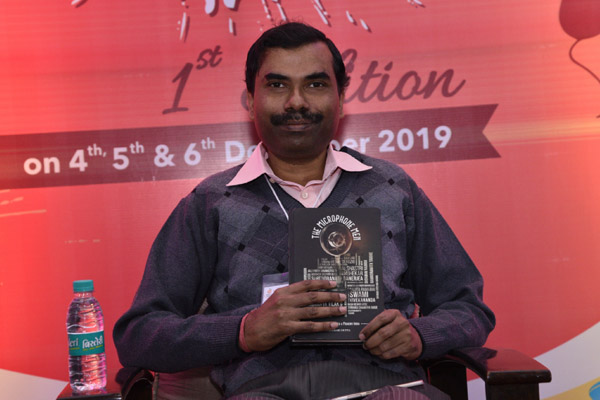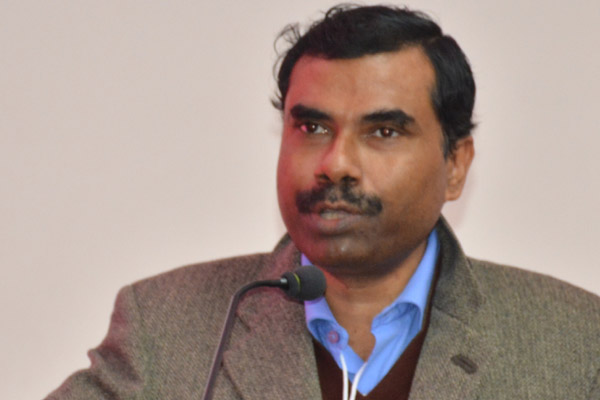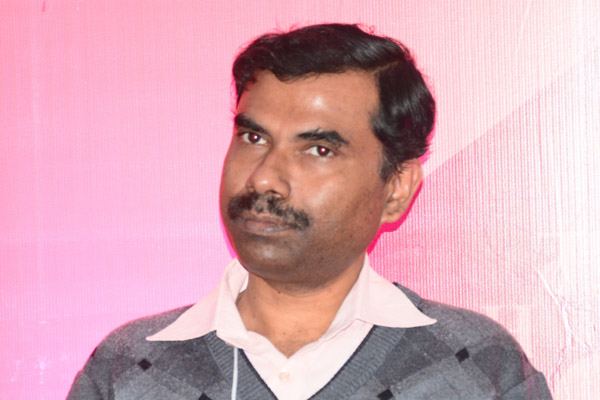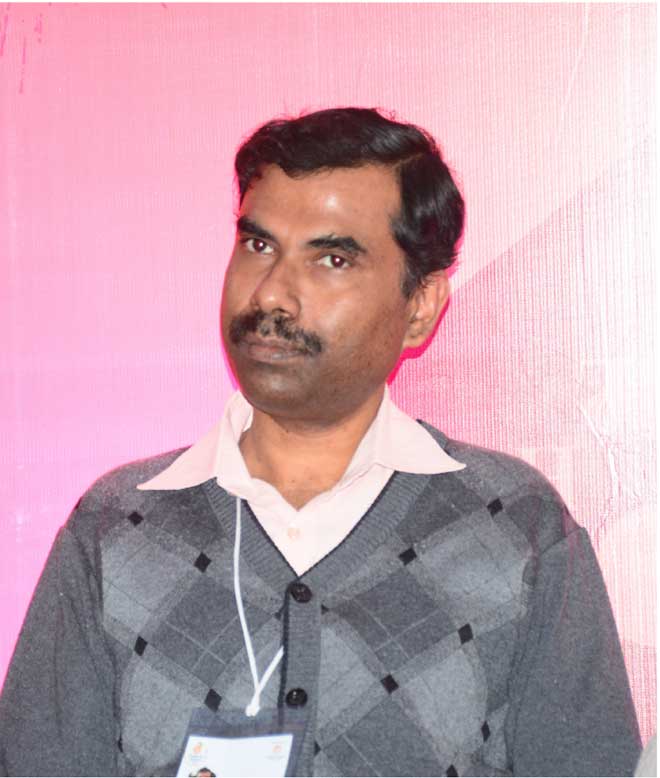Topic
Elections in India: The First Hundred Years (1919-2019) and its prequel
Parliamentary confrontation of Indians began when Raja Ram Mohan Roy succeeded in passing the Anti-Sati bill in British Parliament in 1832. Representation of Peoples Act is the core and base of electoral system in India, which began working from 1951. It mentions all rule and regulation of General and Assembly election. It’s interesting to know that demand of Electoral System came before the demand of Independence. When British representative were asked about having Indian representative in British Parliament, they rejected saying that Indians are polytheist, they can’t take oath in name of One True God which was mandatory in British Parliament. When British brought Representation Act in India they were afraid of using word Election as it would have put British Empire in danger in India. When British arranged for first election in 1920 not many were interested in fighting. But Motilal Nehru and Chittranjan Das founded “Swarajya” Party and they fought elections along with then Congress and Muslim League. But not all were allowed to vote. There was a stringent criterion for a voter which makes only 2% of population worthy for voting. There was no secret ballet then. Everybody knew who voted to whom. By time voting percentage increased. Election Commission came into existence a day before republic day. EVM were used first in 1982 as a pilot project. It took some time to get used on full scale. Our constituencies are locked with same number of representation, only geography changes not seats. This is a myth that just by being literate voting percentage increases. It doesn’t. India is a Model Democracy.
Topic
“How Public Speaking transformed India, and reshaped politics”
The public speakers were actually far removed from loquacious men. They were purposeful readers and serious thinkers who were on a mission to enfranchise their countrymen. Thus they emerged as the new icons of the era that people loved and cheered. They made the audience feel empowered and responsible unlike ever before in Indian history. They were the first to espouse national interest and demand accountability from the government. Despite the fact that the British were irked with their empire of eloquence, and a section of Indians was doubtful of the effectiveness of speeches, they continued to gain traction with the masses.
Speechmaking is essentially training in thinking rather than in speaking. Raja Ram Mohan Roy pioneered analytical thinking on contemporary questions. He pondered upon judicial and revenue issues, freedom of press, rights of women and settlement of Europeans in India. He combined these with his thoughts on religious and social reforms. He expressed his ideas mostly in the form of essays, thereby becoming the precursor of prose writing in India. Oratory is critically dependent on the growth of prose. Roy thus prepared India for the great era of public speaking. He led India into a new time zone where thinkers lived in the present rather than in eternity.



